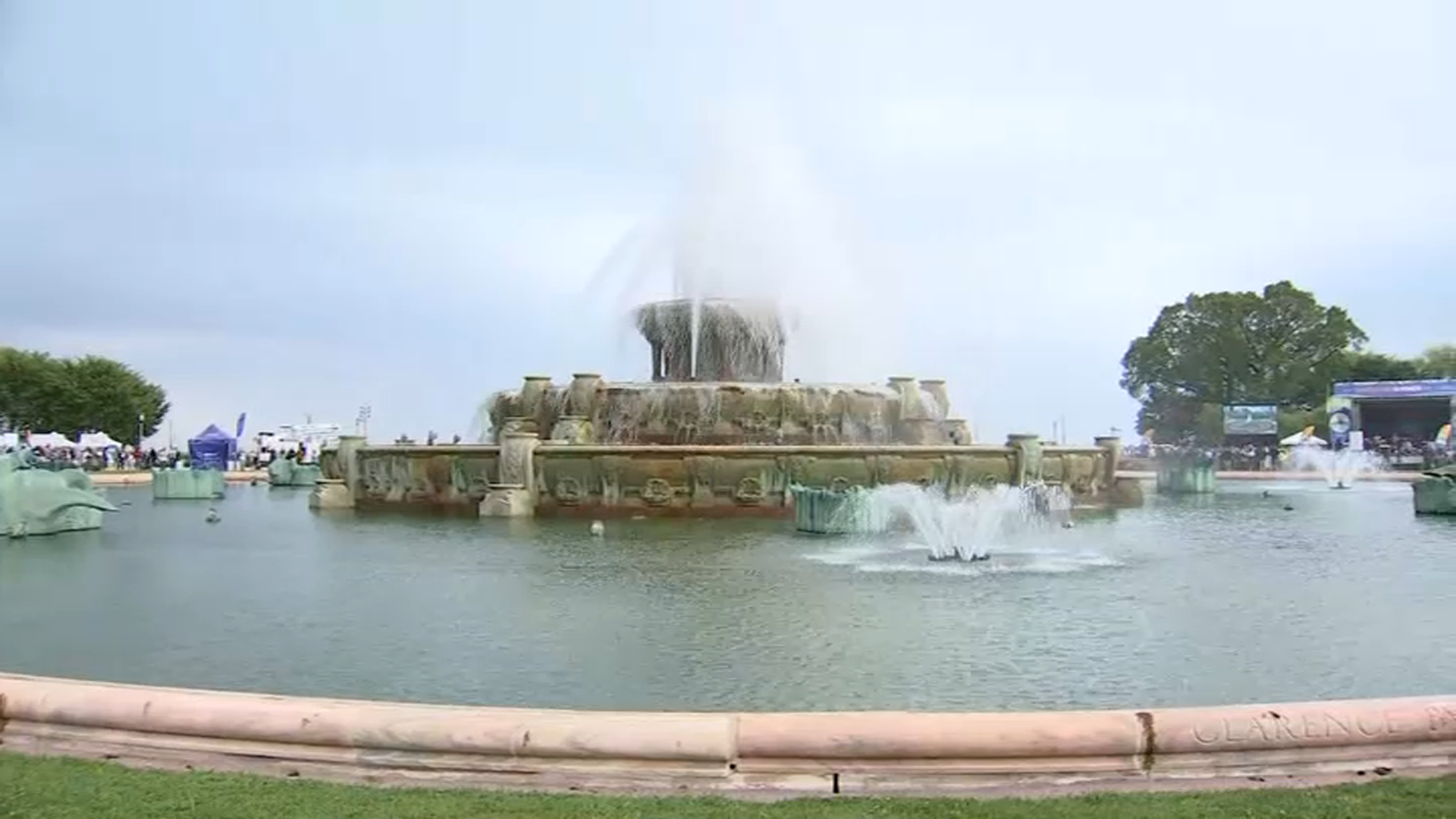Indiana health officials are allowing schools across the state to relax their quarantine rules for students with coronavirus exposure even as they offer no timeline for when teachers could become eligible for COVID-19 vaccination shots.
The state health commissioner also announced Wednesday that the pandemic has been even deadlier than thought with an audit of death reports finding about 1,500 more coronavirus-related fatalities than previously recorded. That will increase Indiana’s COVID-19 death toll by 15% to almost 11,600 since March.
SCHOOLS AND TEACHERS
The new school recommendations call for no quarantines if students and teachers exposed to infection at school were at least 3 feet apart and wearing masks at all times. Schools may shorten current 14-day quarantines to seven days if the person exposed has a negative nasal swab test at least five days after exposure.
Health Commissioner Dr. Kristina Box said the new recommendations starting Monday are in line with current federal guidelines and that infection spread has been rare at schools when masks are being worn.
State officials opened up vaccine shot eligibility this week for all those ages 65 and older in addition to health care workers. Box said since older people are most at risk of severe COVID-19 illnesses and deaths, they will remain the priority for shots while vaccine doses are in limited supply.
About 611,000 Indiana residents have received at least their first vaccine shot among the nearly 1.6 million people now eligible, according to state health department statistics.
News
Indiana’s weekly vaccine distribution from the federal government by roughly 10,000 doses to about 100,000 this week, Box said But even with the additional doses, it will take significant time to give shots to those now eligible before moving on to those with at-risk health conditions such as dialysis patients and those with heart disease, then to teachers and others who face possible exposure from their jobs.
Gov. Eric Holcomb said he supported the plan and that he wasn’t yet getting a vaccine shot as a 52-year-old without serious health issues.
“We’re trying to really slow down the deaths and save lives and hospitalizations,” Holcomb said.
ADDITIONAL DEATHS
Box said the 1,507 additional coronavirus-related deaths were tallied during an audit of death certificates and state health department reports. She blamed the undercount of deaths on the speed in which COVID-19 deaths had to be tracked.
“Never before have local and state departments of health had to present data in real time before it was fully vetted,” Box said.
State health officials lowered the risk level Wednesday for coronavirus spread in more of the state’s counties, after Holcomb decided last week to start relaxing the state’s crowd size limits.
The state Department of Health’s weekly tracking map labels four rural counties in the highest-risk red categories. That is down from 73 counties in that red category three weeks ago. This week’s map lists 59 counties in the next-riskiest orange category and all 29 others as yellow in the four-level map.
Even with the recent declines in new infections and hospitalizations, the past three months have been the state’s deadliest following a surge that began in September.
SUPER BOWL AD
The son of an Indianapolis high school athletic director who died of COVID-19 will be featured in a state health department commercial scheduled for broadcast during Sunday’s Super Bowl.
The 30-second commercial will urge Indiana residents to get vaccination shots. Will Loggan, the son of North Central High School Athletic Director Paul Loggan, talks about his father’s legacy in the ad, which will be show in six broadcast markets around the state during the game, according to the state health department.
Paul Loggan died in April from COVID-19 after attending a basketball sectional game in March. At least four other people died with COVID-19 attended that game.
Holcomb said the commercial is costing about $123,000 to broadcast, with the money coming from federal coronavirus funding for public awareness campaigns.



